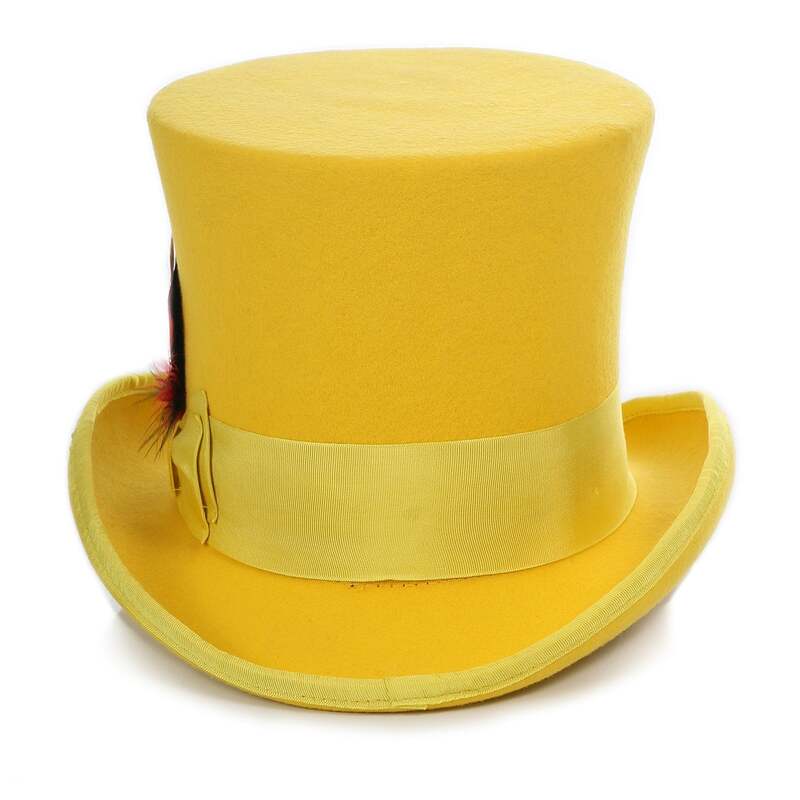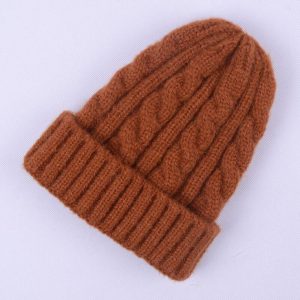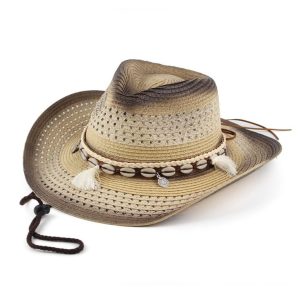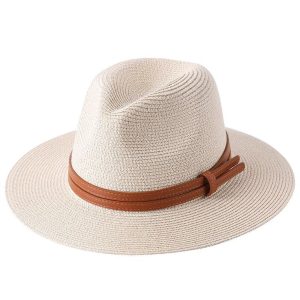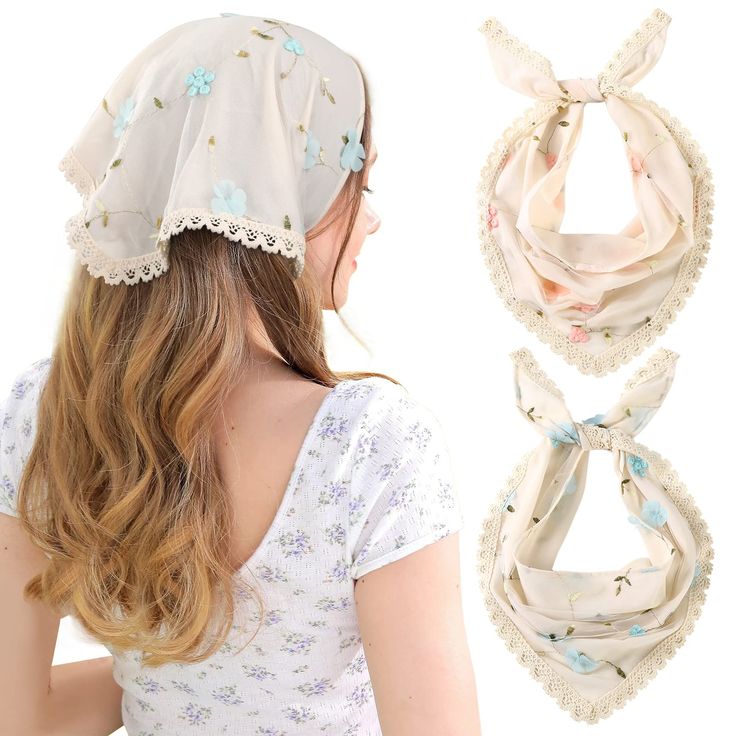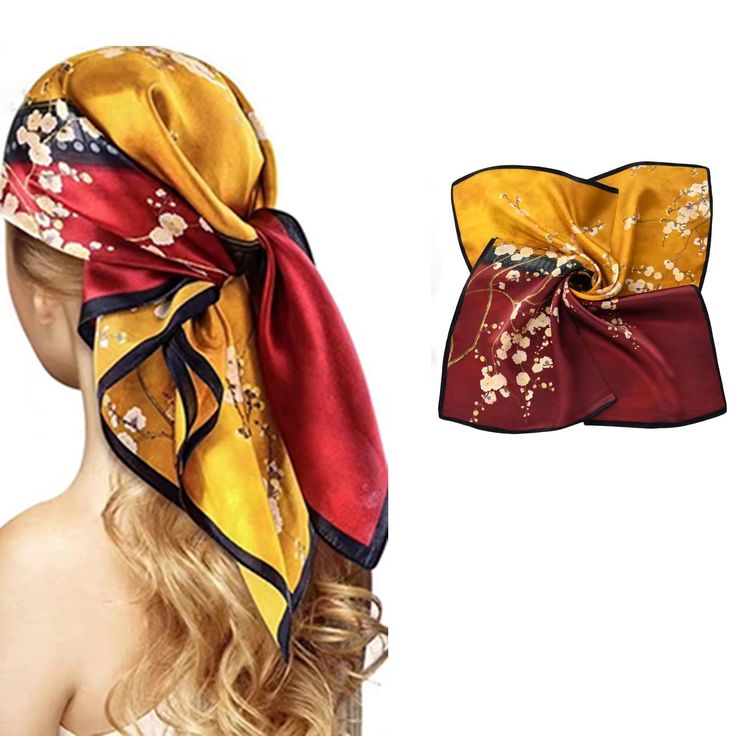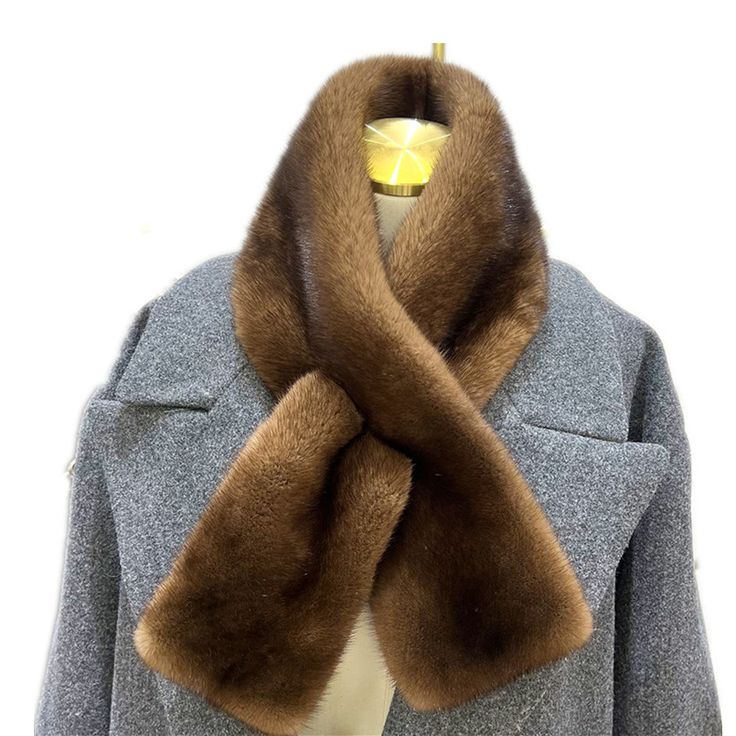History of Top Hats
The top hat, a distinguished symbol within fashion history, has experienced notable shifts in its significance and style. Understanding its origins and evolution is crucial for appreciating its current place in fashion and culture.
Origins in the 18th Century
The inception of the top hat dates back to the late 18th century. Initially, hatters used silk and felt to craft these stately pieces. Renowned for their stiff construction, these hats quickly became a staple among affluent gentlemen who valued both style and status.
John Etherington, a London-based haberdasher, is often credited with popularizing the top hat in 1797. His bold choice to wear such a hat gained significant attention, and soon, the top hat became a sign of modernity among the elite.
Popularity in the 19th Century
As the 19th century unfolded, the top hat’s prominence soared, becoming a key component of men’s formal attire. Top hats were no longer just fashion items; they symbolized authority and respectability.
During this period, the top hat underwent changes in size and shape, reflecting broader social and fashion trends. What’s more, it served as a necessary accessory for prestigious events and high society gatherings.
The 19th century also witnessed the dawn of the ‘stovepipe’ style, a taller and straighter variant, which further solidified the top hat’s place in fashion histories, such as during Abraham Lincoln’s presidency in the United States.
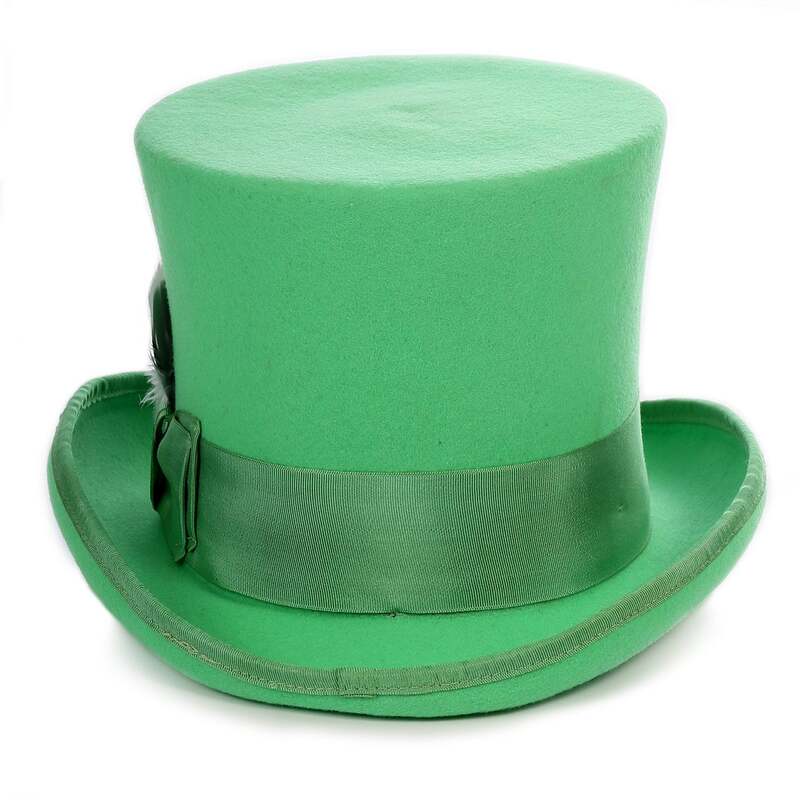
Design and Manufacturing
Top hats are not just fashion statements; they are works of craftsmanship. The design and manufacturing process of these iconic headpieces has a rich tradition that merges form with function.
Traditional Materials Used
For centuries, top hats have been crafted with certain traditional materials. Quality felt, often made from beaver fur, was the primary choice for superior warmth and durability. Many top hats featured a silk lining and outer silk plush for a touch of luxury. Leather also played a role, used in the sweatband inside the hat which rests against the forehead.
Craftsmen used a process called ‘blocking’ to give top hats their distinctive shape. This involved shaping the material around a wooden or metal form. Attention to detail was key, as the top hat’s elegance depended on a meticulously crafted silhouette.
Modern Innovations in Top Hat Design
The top hat continues to evolve as modern materials and techniques become available. Today, lighter materials such as wool felt offer comfort and affordability, attracting a broader audience. For vegans or those with ethical concerns, synthetic alternatives to silk and leather are now common.
Innovative design elements like adjustable bands have made top hats more comfortable and inclusive in terms of fit. Additionally, designers are experimenting with colors, patterns, and decorative elements to adapt the top hat for contemporary fashion trends, all while maintaining that classic, debonair look.
Cultural Significance
The cultural significance of top hats extends far beyond their physical appearance. These iconic headpieces have become symbols deeply rooted in society’s historical fabric.
Symbol of Status and Authority
Originally, top hats conveyed power and were a mark of social status. Wearing a top hat commanded respect and denoted a certain level of affluence. It was an accessory reserved for society’s upper echelons, serving as an unspoken indication of hierarchy and influence. For example, politicians and business magnates often donned top hats during official events, reinforcing their authoritative presence.
In the realm of fashion, what is a top hat if not a statement of distinction? Even today, a well-crafted top hat lends an air of sophistication and can elevate one’s social image at galas or prestigious ceremonies.
Top Hats in Formal Occasions
Top hats have long been associated with formal attire. They remain an essential element for events that call for traditional dress codes, such as weddings, state ceremonies, and horse racing events. The top hat’s role in formal occasions is a testament to its timeless appeal and the elegant silhouette it adds to ceremonial outfits.
During formal occasions, the top hat serves not only as a fashionable accessory but also as a nod to the bygone era of classic etiquette and grandeur. Nowadays, the inclusion of top hats in formal wear ensembles is a practice that honors tradition while still being able to adapt to the changing styles of modern fashion.
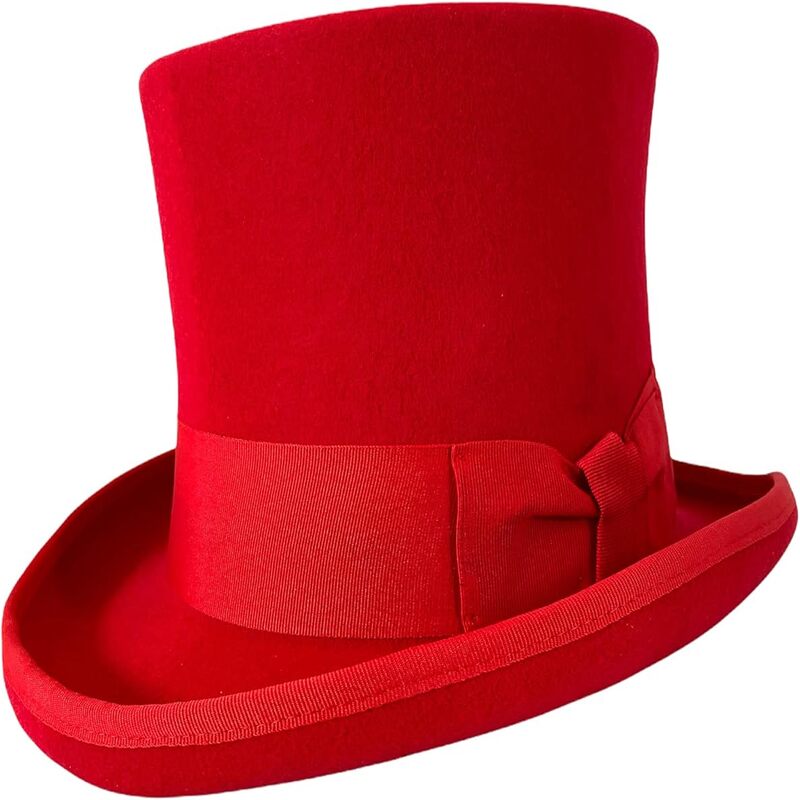
Fashion Trends Involving Top Hats
Top Hats in Men’s Fashion
Top hats have made intermittent comebacks in men’s fashion. They serve as a versatile accessory for high-end events and sometimes, as a unique accent in street style. Tuxedos, tailcoats, and even modern three-piece suits gain a distinguished edge when paired with a top hat. Designers occasionally tweak the classic top hat shape, incorporating it in avant-garde collections to challenge conventional fashion norms.
What is a top hat in the context of contemporary men’s fashion? It’s a nod to sartorial elegance and an homage to historical significance. Whether paired with vintage-inspired looks or cutting-edge fashion, a top hat never fails to make a statement.
Influence on Women’s Fashion
Top hats in women’s fashion symbolize boldness and break traditional gender norms. Originally a masculine item, the top hat has transcended boundaries to become a statement piece for female empowerment in style. For women, top hats can add an unexpected twist to formal gowns, suits, or even casual wear, like paired with a leather jacket.
Designers have embraced the versatility of top hats, reimagining them with feminine touches such as veils, flower adornments, and softer materials. They have become prominent in women’s haute couture and ready-to-wear lines, showcasing that what is a top hat today is much more than just an accessory – it’s a fashion statement of its own.
Proper Ways to Wear a Top Hat
Wearing a top hat with style is an art. There are specific rules to follow to ensure it looks its best and complements your overall attire. The height, the tilt, and the fit are crucial elements that can transform your look from ordinary to exceptional.
How to Choose the Right Size
Selecting the right size of a top hat is essential for both comfort and appearance. A top hat that’s too large can look awkward and slide around, while one that’s too small will be uncomfortable and may not sit properly on the head. To find the perfect fit, measure the circumference of your head just above the ears and eyebrows. Most hat makers provide sizing charts; use these to determine which size corresponds to your measurement. If you fall between sizes, opt for the larger size and adjust with sizing foam or a hatband for a snug fit.
Tips for Styling with Other Garments
To style a top hat with other garments, start with a well-fitted suit or tuxedo. A top hat pairs well with tailcoats for ultra-formal events or with a three-piece suit for a touch of elegance. The key is to keep the outfit balanced – a top hat is a statement piece, so let it stand out by keeping the rest of your look simple and classic.
For a cohesive look, match the hat’s material to your suit’s texture. If wearing a top hat to a less formal event, you can pair it with a smart blazer and trousers. Women styling top hats might choose gowns or tailored suits for formal events, or mix it with edgy pieces like a leather jacket for a modern twist. Remember, when asked ‘what is a top hat,’ it’s not just a hat but a symbol of elegance that completes your ensemble.
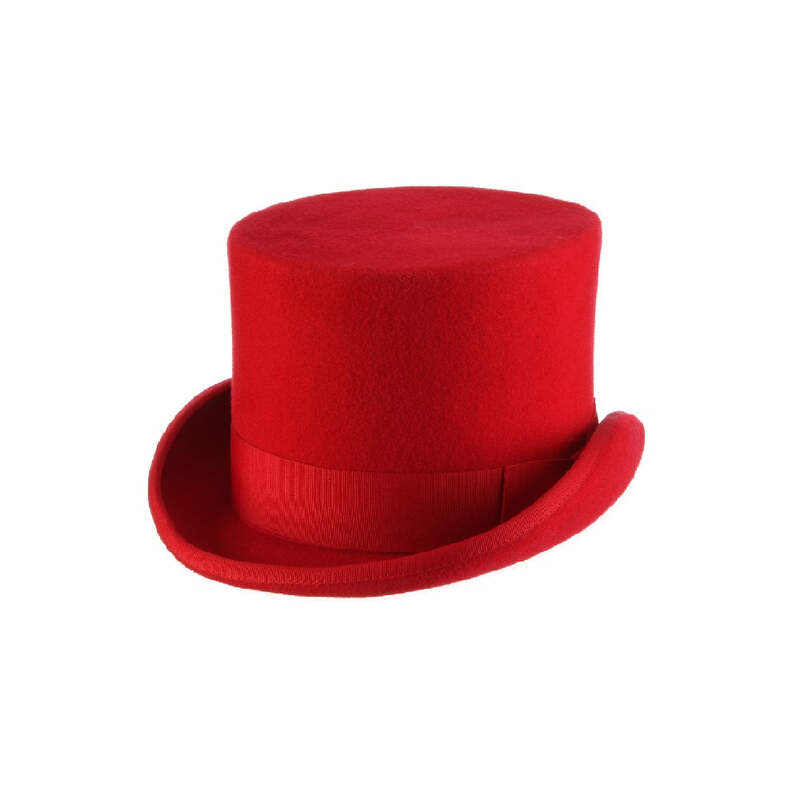
Maintenance and Care for Top Hats
Proper maintenance ensures that a top hat lasts longer and retains its elegant appearance. Whether your top hat is a classic piece or a modern reinterpretation, here’s how to keep it in prime condition.
Cleaning and Storage Recommendations
To clean your top hat, always use a soft brush to gently remove dust. Start from the top and work your way downward in a circular motion. For stains, a slightly damp cloth with mild soap can be effective, but test it on a less visible part first to ensure it doesn’t damage the material.
Storage is crucial for maintaining the hat’s shape. Always store your top hat upside down on its crown, preferably on a hat stand or in a hat box that supports the brim and crown. This prevents the brim from flattening and the material from warping. Avoid exposing the top hat to direct sunlight or heat, as these can fade and weaken the fabric.
Restoring Vintage Top Hats
Restoring a vintage top hat requires careful handling. If the hat is severely damaged, it’s best to consult a professional milliner. For minor fixes, steaming can help in reshaping the brim and crown. Use a clothes steamer at a moderate distance to avoid water spots and heat damage.
For the internal leather bands that have dried out, applying a leather conditioner can restore flexibility. Be sure to let any applied product dry completely before wearing. With these restoration tips, what is a top hat if not a timeless treasure ready to be worn or displayed with pride?
Famous Personalities and Top Hats
Top hats have graced the heads of many notable figures throughout history. They have served as more than mere fashion accessories; they have been badges of high standing and indicators of personal style among celebrities and dignitaries.
Icons Who Popularized Top Hats
When pondering over the question, ‘what is a top hat,’ one can’t help but think of the famous individuals who have made this headpiece a part of their iconic image. For instance, Abraham Lincoln, the 16th president of the United States, was rarely seen without his signature stovepipe top hat. His famous hat not only complemented his towering stature but also hid important documents within its lining.
In the world of magic, Harry Houdini brought a sense of mystery to the top hat, often using one in his illusions. The top hat became synonymous with magical performances, further cementing its association with showmanship and spectacle.
Fashion designer John Galliano has often been seen sporting a top hat, blending it seamlessly into his eccentric and avant-garde style, thus reviving its fashion appeal continually.
Top Hats in Movies and Media
Top hats have made significant appearances in film and media, immortalizing their image. They’ve been worn by classic characters like Willy Wonka in ‘Charlie and the Chocolate Factory,’ which showed a whimsical take on the traditional top hat. The top hat’s silhouette has come to represent an element of fantasy and adventure in cinema.
In music, the top hat has been a signature piece for rock stars like Slash from Guns N’ Roses. His top hat, paired with curly locks of hair, embodied the essence of rock and roll swagger.
Through these public figures and media portrayals, top hats have maintained their status as staple elements of high fashion and cultural icons. They remind us that ‘what is a top hat’ goes beyond a simple definition—it’s a rich symbol in the tapestry of style and history.
